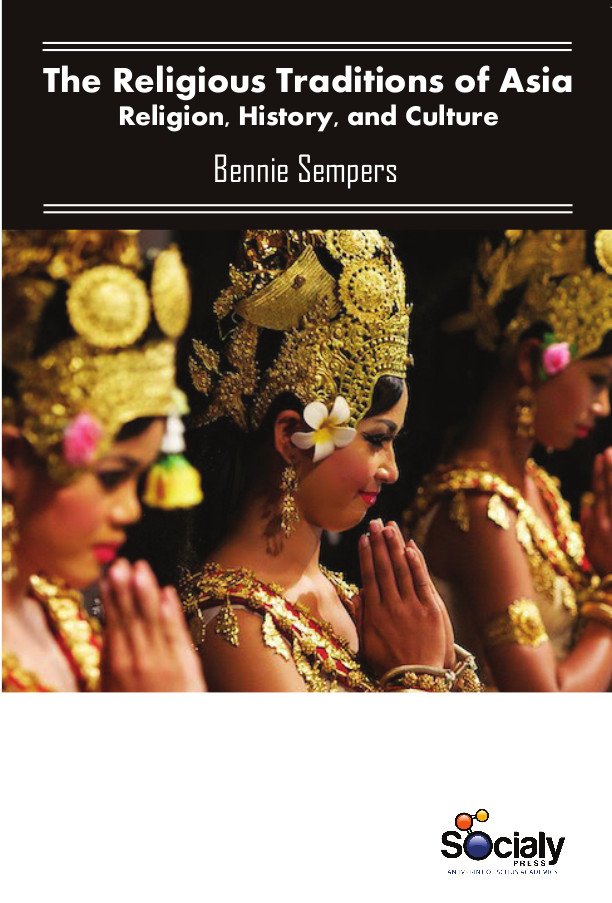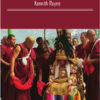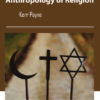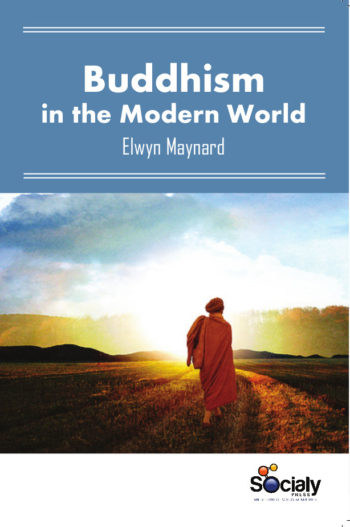The continent of Asia is home to some of the most ancient and formative civilizations in history. All of the world’s largest religious traditions have their origins on the continent, and Asian peoples have shaped and reshaped how humanity understands the world and itself for centuries. Asia is the largest and most populous continent, with a wide variety of religions. The largest religion in Asia is Islam with approx. 1.1 billion adherents. Asia was the birthplace of many religions such as Christianity, Hinduism, Buddhism, Confucianism, Taoism, Jainism, Sikhism, Zoroastranism, but all major religious traditions are practiced there and new forms are constantly emerging. Hinduism predates recorded history and is thought to have had a beginning during the Indus Valley Civilization itself. It has no single founder; rather, it is a diverse melange of traditions, practices, and lineages. Jainism, Buddhism and Sikhism emerged in ancient India from Hinduism. Jains have an ancient tradition of scholarship and have the highest degree of literacy for a religious community in India. Jain libraries are the oldest in the country. It has traditionally been confined to the Indian Subcontinent and West Asia.
The Religious Traditions of Asia: Religion, History, and Culture provides an introduction to the study of the history, major teachings, and practices of Southwest Asian, Southeast Asian, Central Asian, Tibet, and East Asian religions and spiritual practices and is designed to give conceptual tools to appreciate diverse religious practice in East. It covers the development of Buddhism, Daoism, Confucianism, Shinto, Islam, Hindu, Jaina and wide range of popular and local religions. This work facilitates the understanding of the continent and its peoples, allowing students and academics to understand not only the Asian past but to put current issues and problems into a broader historical, religious, and cultural context.












